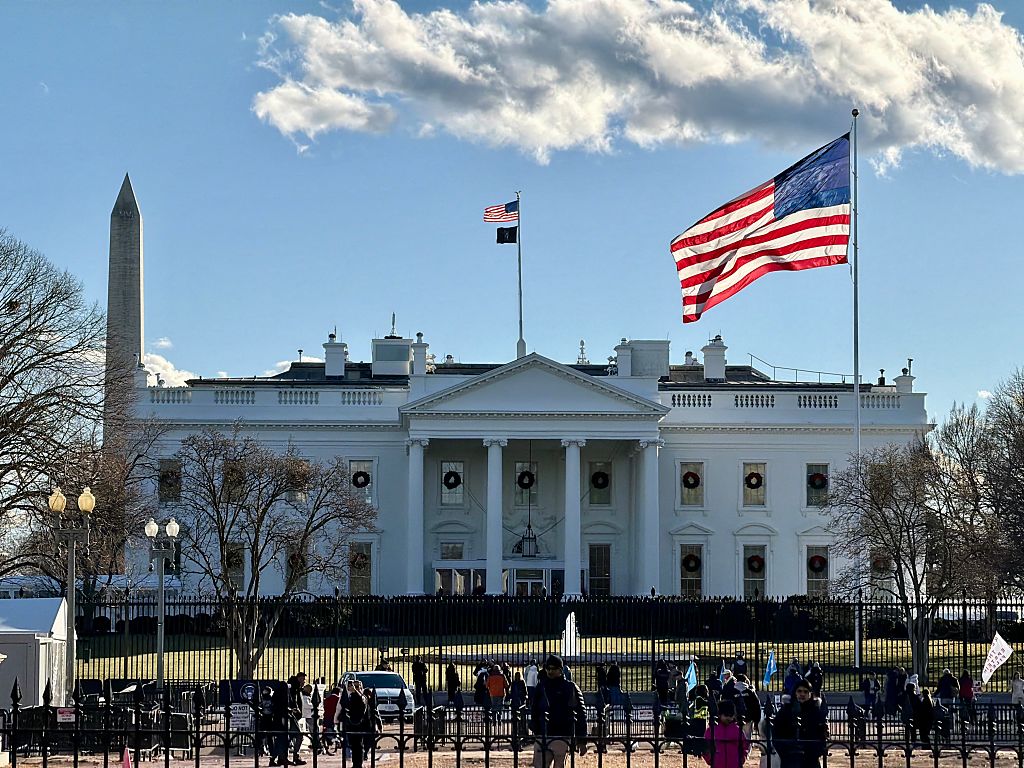The American Ornithological Society said in a statement that they plan to change the names of a dozen birds that could be deemed offensive.
RELATED STORIES: American Museum Of Natural History To Return 12,000 Human Remains
Colleen Handel, the society’s president, said that some of the bird species were named after enslavers, white supremacists, and grave robbers. The plan involves renaming between 70 to 80 species predominately found in the United States and Canada, as reported by UNILAD. Some bird names include the Bachman’s warbler, the Hodgson’s Frogmouth, and the Townsend’s warbler.
“We’ve come to understand that there are certain names that have offensive or derogatory connotations that cause pain to people, and that it is important to change those, to remove those as barriers to their participation in the world of birds,” Handel explained.
RELATED STORIES: Grévin Museum Says Dwayne Johnson’s Wax Figure Was A ‘Honest Mistake’ And Has Updated His Skin Tone Since Backlash
Kenn Kaufman, a influential figure in the birding community, told NPR that the name changes will make a significant impact despite being against the name changes at first.
“I’ve been seeing some of these birds and using these names every year for the last 60 years. It’s going to feel like a bother to some people, but I think it’s actually an exciting opportunity. It’s an exciting opportunity to give these birds names that celebrate them — rather than some person in the past.”
One of the most common ways that birds are named is for their physical characteristics, such as their size, shape, color, or plumage. Birds are also named for their behavior. For example, the common nighthawk is named for its habit of hunting for insects at night, while the northern flicker is named for drumming on trees with its beak.
Some birds are named after the people who discovered them or who made significant contributions to the study of birds. The International Commission assigns the scientific names of birds to Zoological Nomenclature (ICZN). These names are based on the birds’ taxonomic classification and are used by scientists worldwide. Local and regional birding organizations assign common names. These names are often more descriptive and more accessible to remember than scientific names.







